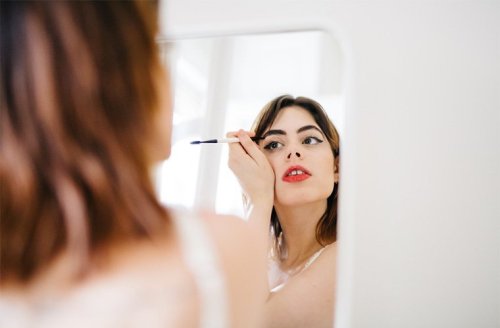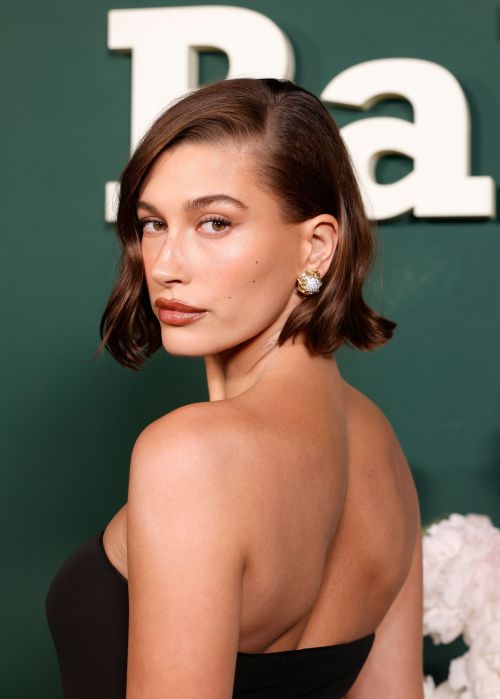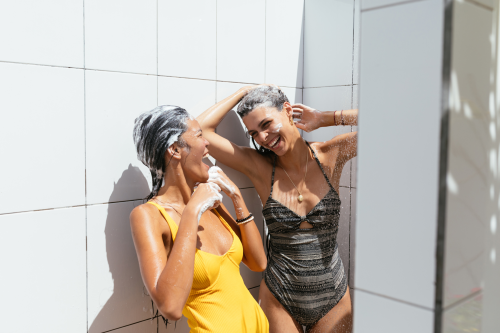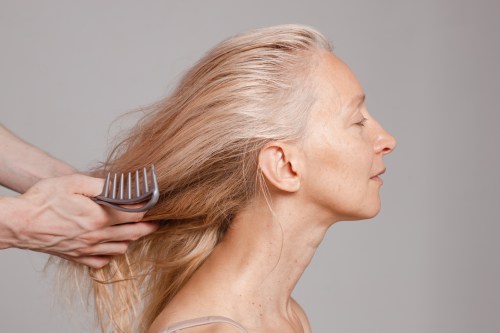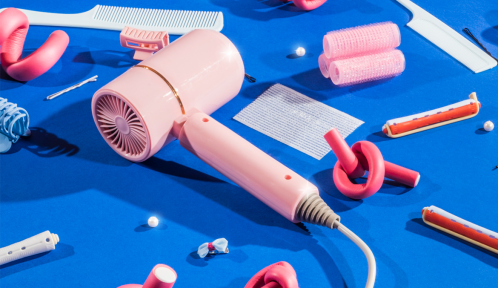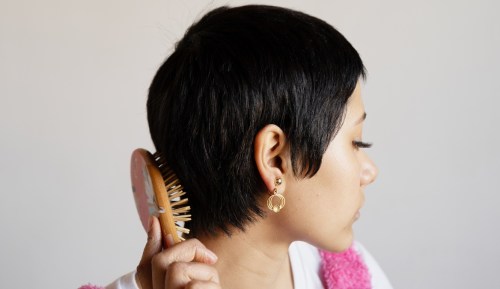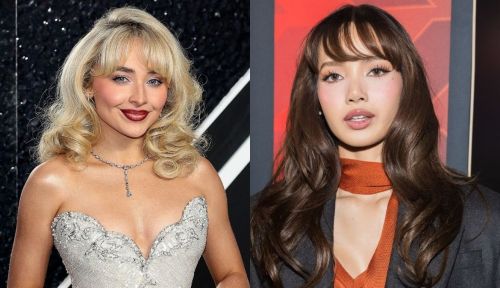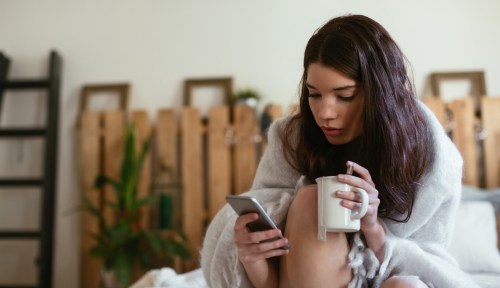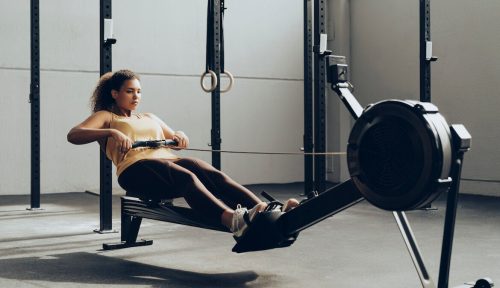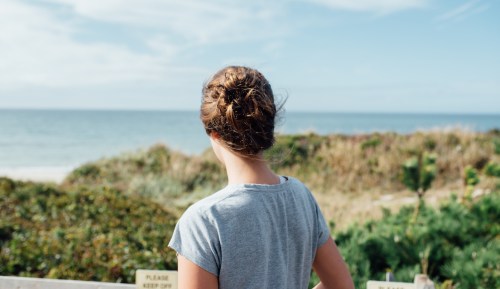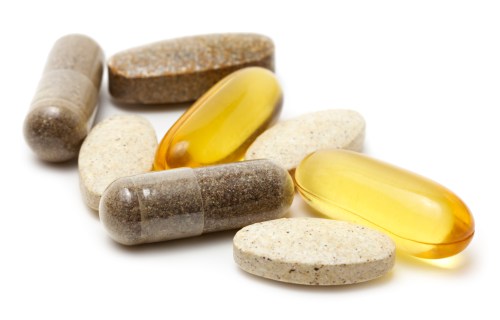The ultra-manicured brows that dominated the ’90s may be totally passé, but today’s fuller styles do still require some upkeep. You can’t just abandon your grooming routine completely—unless you want stray strands where you didn’t even realize hair grows.
But with all of the maintenance methods to choose from—waxing, threading, tweezing—how are you supposed to know which one to choose? According to Jimena Garcia, a bicoastal celebrity brow specialist that handles the arches of the it-girl crowd, it all depends on your skin type and the look you’re going for. After all, there’s a world of difference between the tomboyish Cara Delevigne and the polished Kim K style.
“Each technique has its own benefit, and once you understand which one fits you, then you can move forward in achieving your dream brows,” she says. See ya later, caterpillar.
Keep reading to find out which brow-grooming method—plucking, waxing, or threading—is right for you.
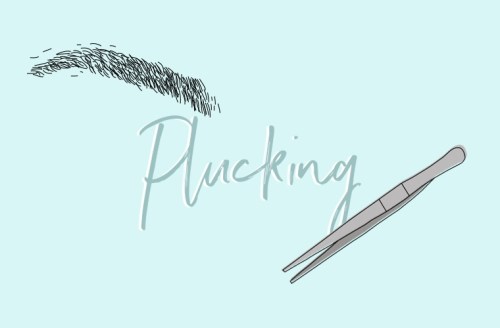
For the ultra-natural look: Tweezing
Pros: If you’re looking for targeted hair removal, plucking wins. “Tweezers let you remove one hair at a time, so you can watch the shape take form,” says Garcia. It’s also gentle, she adds. “Plucking only affects the hair and not the skin underneath, so there’s no chance of skin irritation.” (Good news for those who use retinoids or any other medication that increases skin sensitivity.)
Cons: “Tweezers can’t take away baby hair if you want that super smooth look,” Garcia warns. And when plucked incorrectly, there’s a chance you could break the hair.
Tips: Cleansing is key before you pick up the tweezers. “It’s good to open your hair follicles first,” says Garcia. “I always use rosewater.” To avoid breakage, pull the strand from the middle as opposed to the tip.
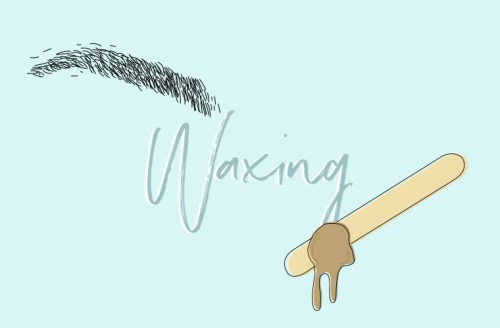
For light shaping: Waxing
Pros: Sometimes it’s the most feared way to remove hair, but waxing is definitely effective—and it lasts a long time, so the (minor) pain pays off. “Wax encapsulates the hair, removing it from the root of the hair follicle,” explains Garcia. “It eliminates all tiny hairs for a smooth look, and eventually reduces hair growth.” That’s a major plus for those who don’t tend to change up their brow style (or are just too busy to schedule sessions on the reg).
Cons: It’s tough to be super precise, since sticky wax inevitably clings to many hairs at once. And for some people, skin sensitivity rules this tactic out. “Sometimes you’ll see redness, and wax could burn the skin depending on its temperature,” says Garcia. “Regardless of how gentle the waxing process is, it puts you at a greater risk of hyperpigmentation.”
Tips: See a professional to ensure your results are symmetrical—and always apply sunscreen afterwards.
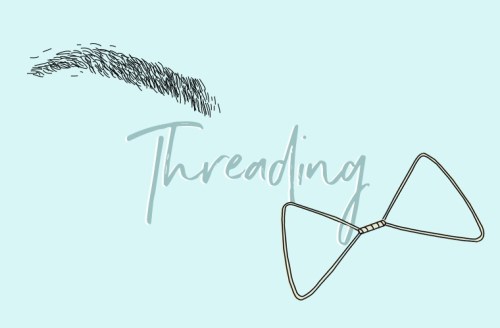
For Kardashian-esque precision: Threading
Pros: Believe it or not, threading is one of the most ancient hair removal techniques, says Garcia. With this method, there’s no chance of an allergic reaction since the only instrument used is a simple cotton string. Threading’s also ideal if you want some serious shaping. “It’s easier to remove hair this way, because you can take areas and eliminate them really quickly,” Garcia points out.
Cons: Depending on your nerve sensitivity, this one can be really painful. Why? “With threading, both hands are using the tool,” says Garcia. “When you tweeze, you can hold the skin taut at the same time so it distracts from the pain of the pluck.” She adds that there’s also the risk of cross-contamination, since the thread is in direct contact with the technician’s hands and your skin.
Tips: Threading’s another technique that’s best done by a professional, says Garcia. And if you’re looking to just lift a couple of hairs, stick with your tweezers.
To keep all of your hair lookin’ good, here are 10 supplements for thicker, fuller locks. You could also try Adriana Lima’s super-affordable secret to a shiny mane.
Sign Up for Our Daily Newsletter
Get all the latest in wellness, trends, food, fitness, beauty, and more delivered right to your inbox.
Got it, you've been added to our email list.
